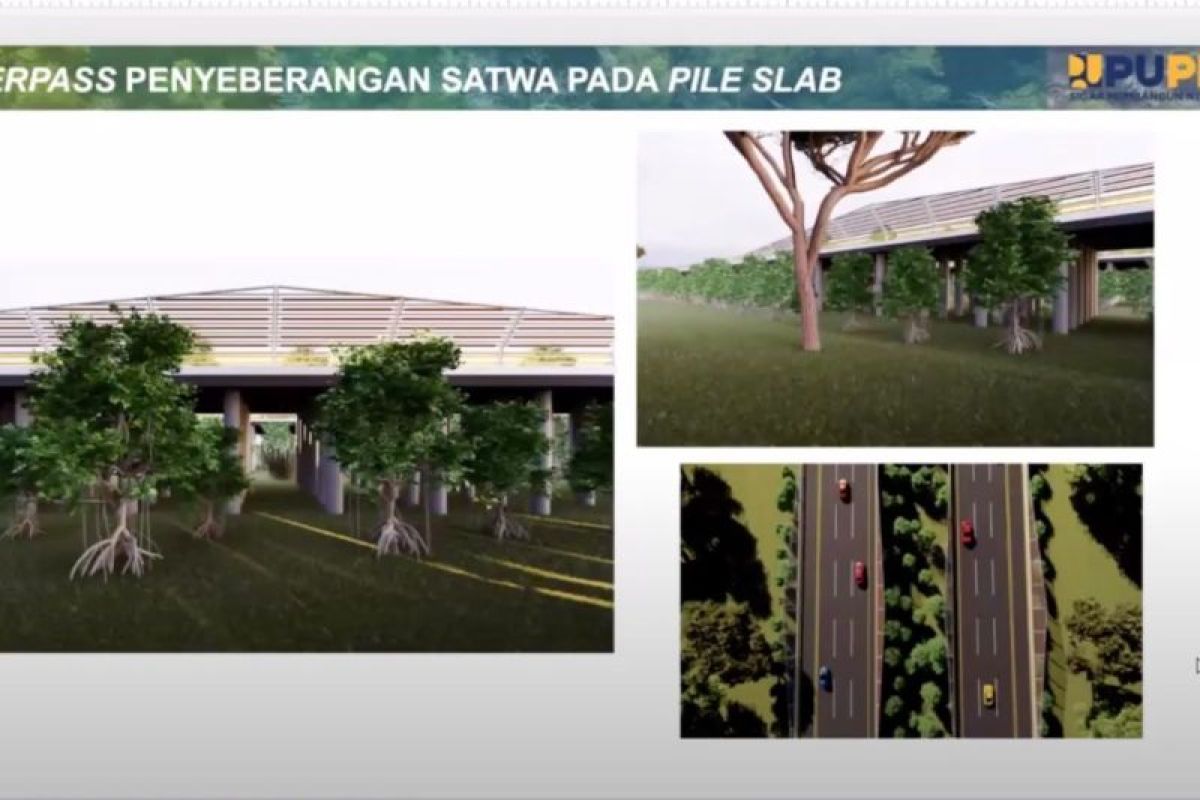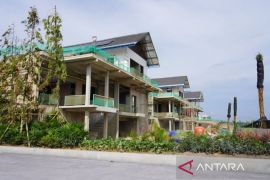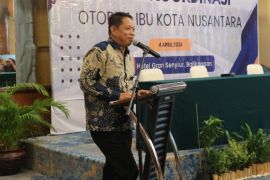Director of forestry and water resource utilization and development at OIKN, Pungky Widiaryanto, said during a media briefing on Monday that several overpass bridges and underpass tunnels for wildlife crossing will be built along the toll road that leads to Nusantara, especially in Kariangau sub-district.
OIKN is collaborating with the Ministry of Public Works and Public Housing (PUPR) and the Ministry of Environment and Forestry to provide a safe passage to wildlife and ensure their habitats in Nusantara are well-preserved.
"We have carried out surveys on the landscapes and animals that pass through the area," said Widiaryanto.
Wildlife crossings are an important tool for reducing wildlife-vehicle collisions and protecting animal populations.
They can also help maintain habitat connectivity, which is important for the long-term health of the wildlife population.
Structures such as overpasses or green bridges as well as underpasses or tunnels allow animals to cross roads and other human-made barriers safely.
They are designed to look like natural habitats, with trees and other vegetation. This helps encourage animals to use them and makes them less disruptive to the landscape.
Related news: OIKN to ensure wildlife preservation during Nusantara development
Related news: Fruit trees prepared at nursery for IKN's wildlife revival: Jokowi
OIKN affirmed its commitment to preserving the environment and biodiversity in Nusantara with the launch of the Biodiversity Management Plan on Monday.
Widiaryanto said that the plan will include special mitigation implementation for critical ecosystems and species.
Under the action plan, the authority will also identify sensitive habitats before clearing land for development as well as provide training and capacity building to stakeholders regarding biodiversity management.
Within a 50-kilometer radius of Nusantara, researchers have spotted 3,889 animal species, including 168 species of mammals, 454 species of birds, 206 species of herpetofauna (reptiles and amphibians), five species of arachnids, and more than three thousand species of insects, Widiaryanto informed.
They have also found 1,369 species of fish, 826 marine invertebrates, and 735 species of plants in the area.
Of these, 440 species are on the International Union of Conservation of Nature's Red List, meaning they are either vulnerable, endangered, or critically endangered, making conservation efforts necessary.
OIKN has also pledged to carry out development that pays attention to wildlife conservation, such as preventing land clearing or logging during animal breeding season.
It will also analyze habitats that are suitable for flora or fauna that are to be relocated, in addition to tree conservation and restoration of degraded ecosystems.
Related news: OIKN outlines three clusters for Nusantara Forest City realization
Translator: Aditya Eko Sigit Wicaksono
Editor: Yuni Arisandy Sinaga
Copyright © ANTARA 2024












